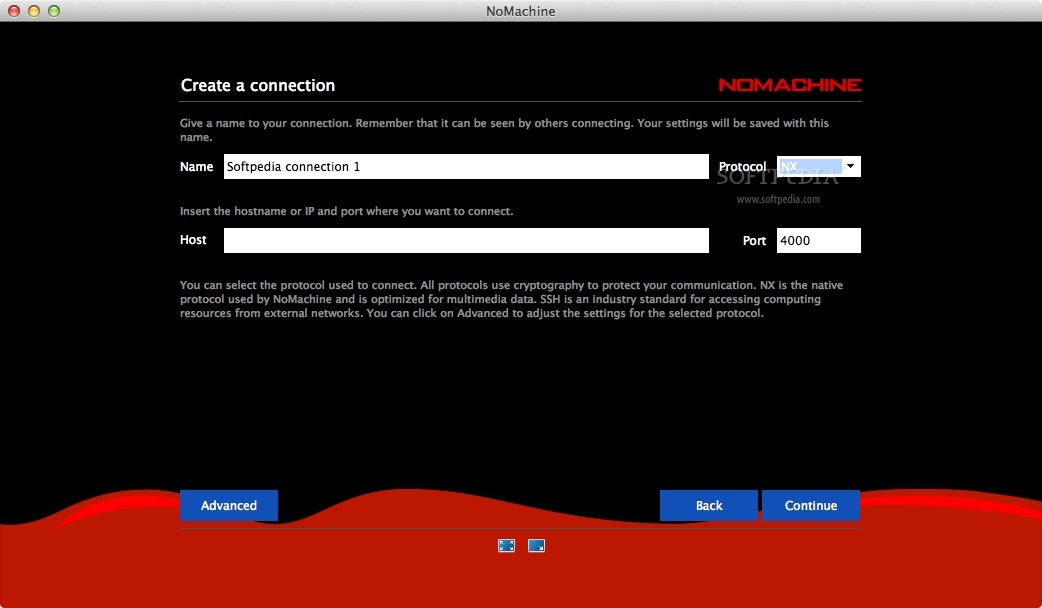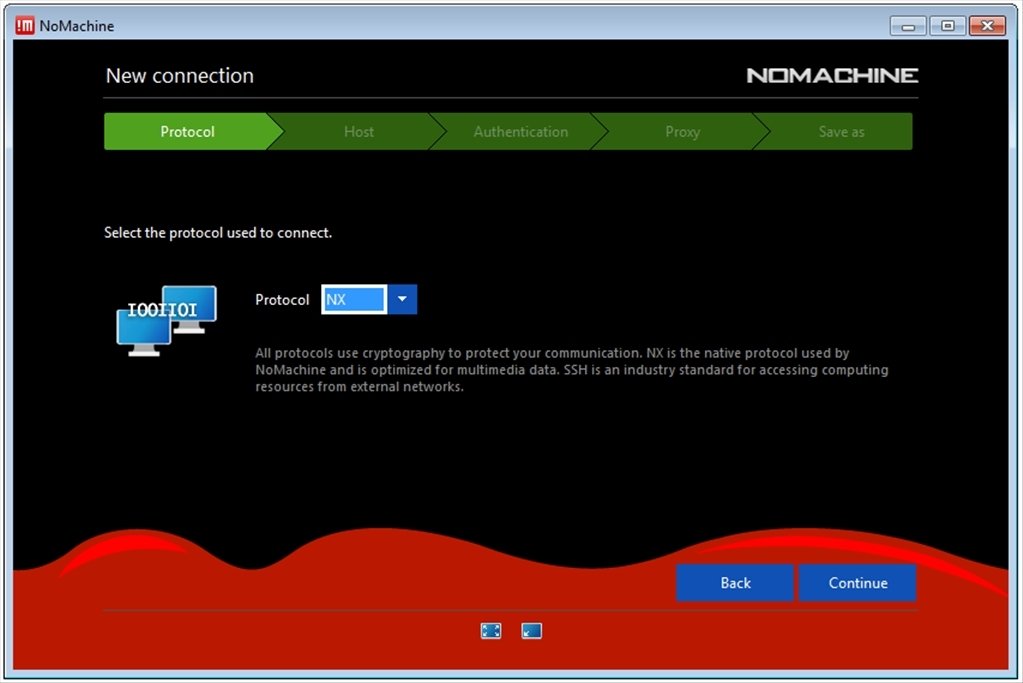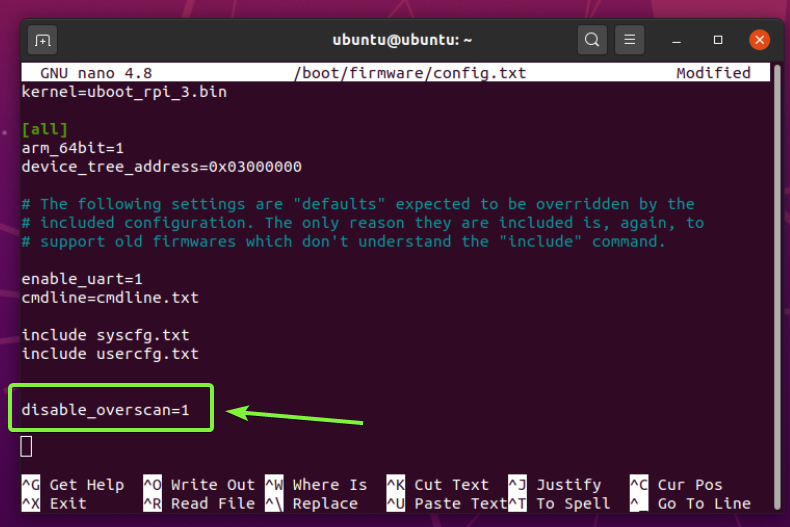



Instead I created a dummy sink, made it the default sink, and assigned the output of the USB soundcard to the dummy sink: It also bothered me that we had both ouput and input audio on the output of the USB soundcard at the same time, this just didn’t seem right. It seemed to me like there was potential for feedback. The problem with the way we were doing it meant that received audio coming from device alsa_b-C-Media_Electronics_Inc._USB_Audio_, the input of my USB soundcard, was being redirected to the output of the same soundcard, device alsa_b-C-Media_Electronics_Inc._USB_Audio_Device-00.analog-stereo. I have to say it works pretty well.I believe I have found a better way to send and receive audio to and from my amateur radio tranceiver. NOTE: I already have NoMachine setup on my Lab PC and my MacBook Pro and use this to connect to a bunch of other Linux Servers I have, if i need GUI access. I pulled down the ARM version of NoMachine From Here making sure its the. My plan is to use a combination of SSH and NoMachine to connect to my Kali Pi I configured the network so that I had a Static IP on the Ethernet Interface – see Assign static IP in Ubuntu post for how to configure this.

I used my Monitor, Keyboard and Mouse to connect to my Kali Pi for the first time. Once this is complete, eject the SD Card from your PC and insert it into your Raspberry Pi.Ĭonnect a Mouse, Keyboard, Monitor, Network Cable and Power cable – the Pi will automatically power up and boot into Kali. I also downloaded Win32 Disk Imager and installed it.ĭecompress the kali.img file, insert the SD card into your PC and open win32 Disk Imager.īrowse to the kali.img file you just decompressed, ensure you have your SD Card Device correct and start the Write. I downloaded the ARM Image from the Offensive Security Site, which comes down compressed. This post will cover setting up the SD Card and installing Kali I recently ordered a Raspberry Pi 3 (currently £30.80) with an SanDisk Ultra 8 GB microSDHC Card (Currently £4.35) with the intention of installing Kali 2.0.


 0 kommentar(er)
0 kommentar(er)
